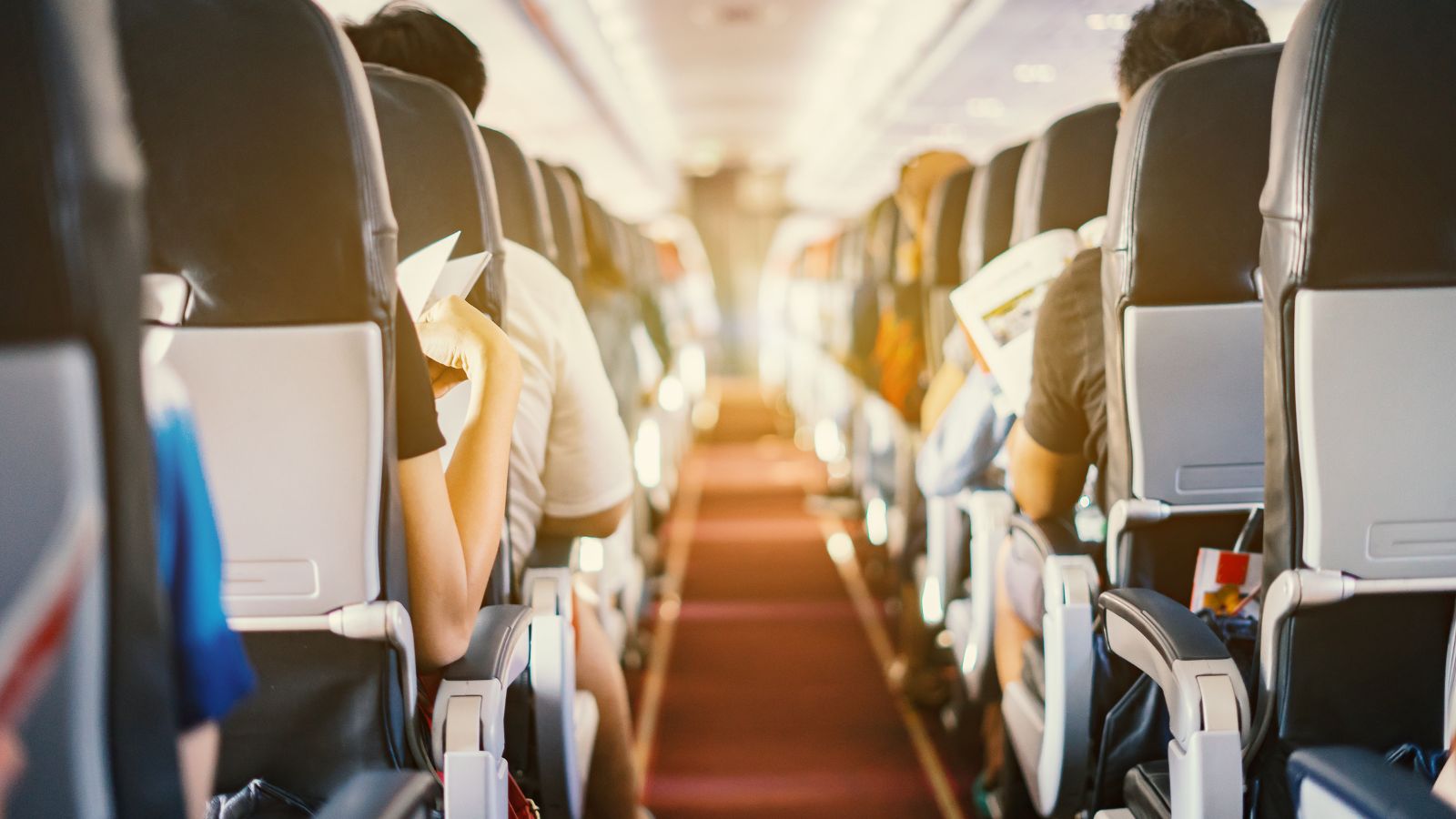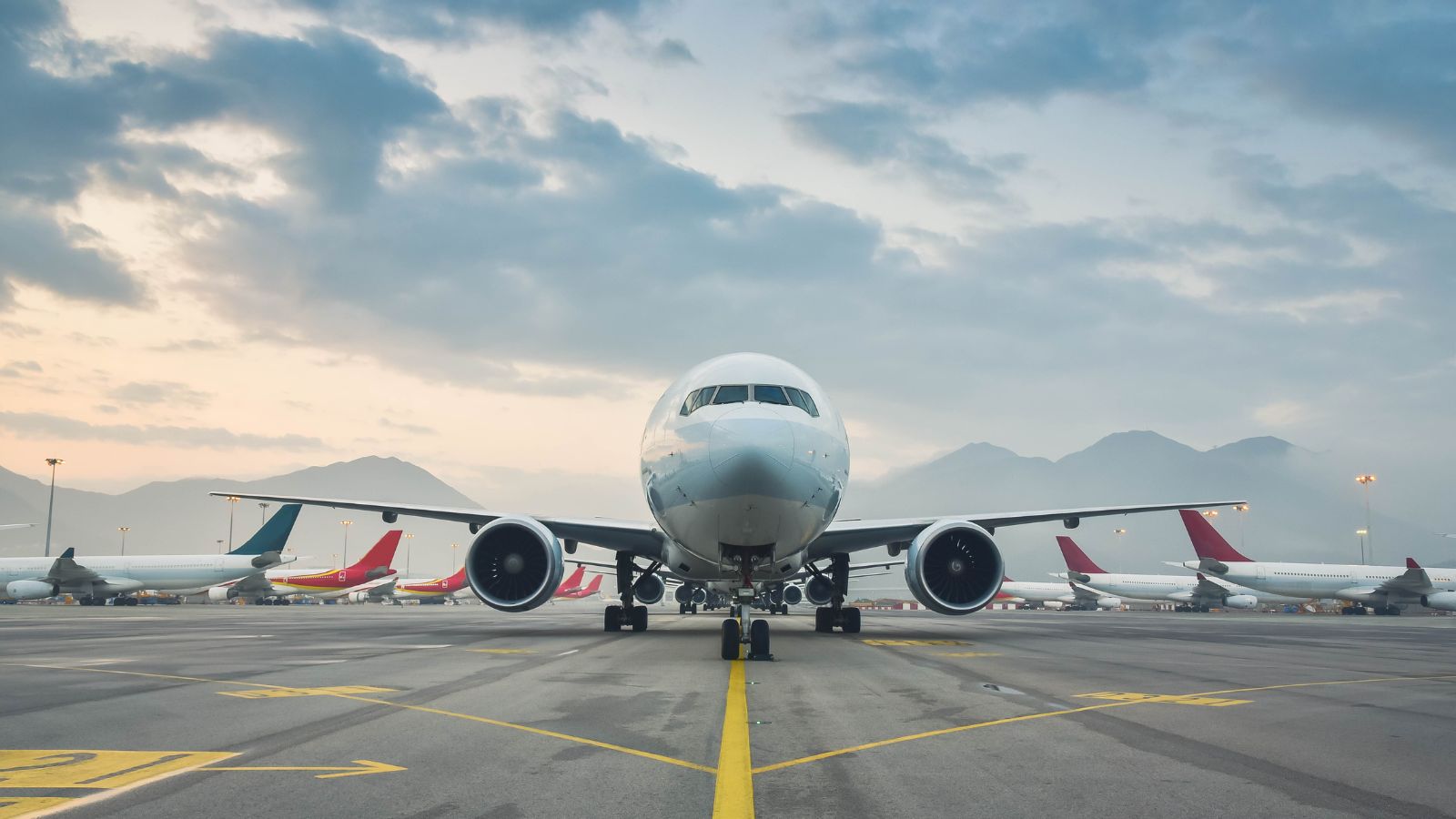
Things change slowly in the aviation industry and it’s very rare to see a “step change’ in the sector. However, as we finally leave the pandemic behind, quietly and without most of us realising there has been such an occurrence – and it’s probably here to stay.
The change is based on a very simple piece of maths: we are back to 2019 levels of airline capacity, but the number of scheduled flights remains 5% below previous levels, which means the average capacity per flight is increasing at a faster rate than we have ever seen before.
Various factors are contributing to this significant change, including aircraft availability, resources, reductions in regional jet flying, the rise in low-cost airline market share, and the whole issue of aircraft spare parts. However, as the table below highlights, in every single region of the world the average capacity per scheduled flight (number of available seats on the aircraft) has increased by nearly 8% and now stands at 160 seats per scheduled flight.
In some markets such as Central America and Central Asia, capacity per flight has increased by 25% – which is pretty impressive, and even in the more mature markets of North America (+14%) and the Caribbean (+20%) there is more capacity and presumably passengers on each and every flight.
At a country level, Spain has experienced the largest increase in capacity per flight with an 18% increase. This growth is driven by increased low-cost airline activity in the country. In comparison to Q2 2019, low-cost carriers like Ryanair have added 30% more capacity, leading to an inevitable overall increase in capacity per flight.
In the United States, the collapse of regional jet services – with 36% fewer scheduled flights this coming quarter compared to 2019 – highlights the challenges that smaller airport locations are facing in the market; in parallel with increased low-cost airline activity, a 14% increase in average capacity per flight is not surprising.
Meanwhile in China, a 34% increase in wide-bodied domestic flights is behind the 13% growth in capacity, although perhaps at some point parts of that capacity may switch back to international markets; well, at least Thailand is hoping that will be the case!
And, perhaps unsurprisingly, amongst the ten largest country markets Italy is the only one to see a slight reduction in average capacity per flight, due to the latest reincarnation of the national airline having a significantly changed fleet mix – keeping the average very similar to 2019 levels.
With such a large increase in average capacity in the United States it’s no surprise that the big four carriers are all offering more seats, United Airlines with an extra 21 seats per flight leading the way despite planning 12% fewer flights in Q2 compared to 2019. Across the major European carriers, easyJet have added another seven seats to their average but Ryanair, who were already ahead of everyone else, have only seen a very small change in their average capacity per flight.
So, interesting data, but what does it all mean? Well, on a lot of occasions, it’s certainly likely to be a bit cosier than perhaps four years ago, and the check-in and boarding queues may feel a few yards longer. However, with the increased use of next-generation aircraft with improved fuel efficiency, plus a reduction in the number of flights operating, this has to be a good move for the environment. So a good news story all around, unless you happen to have been using a small regional jet aircraft to get you started on a journey via a hub in the United States; that might still just be possible but on lower frequencies than previously enjoyed.
Read next:
Discover more from reviewer4you.com
Subscribe to get the latest posts to your email.







